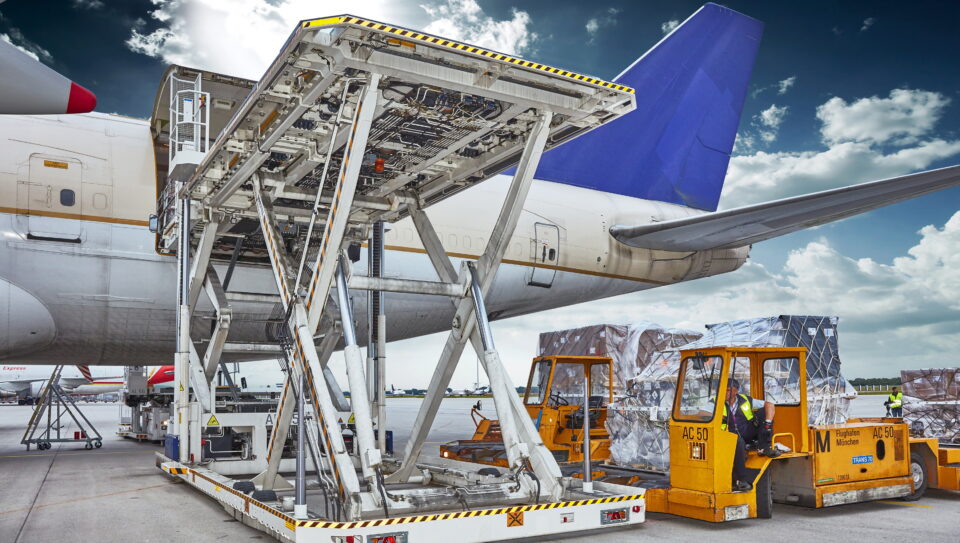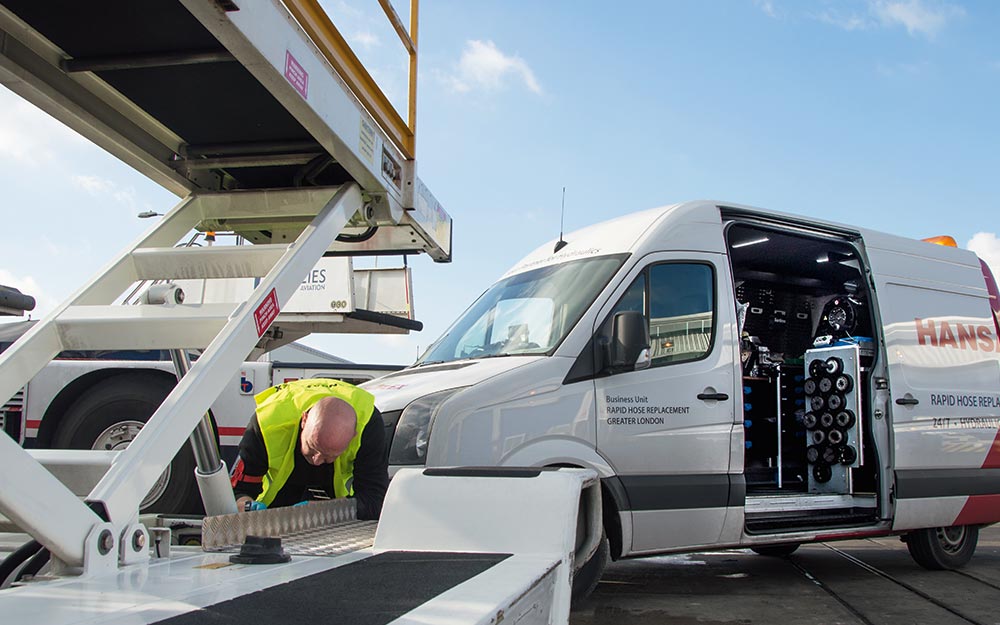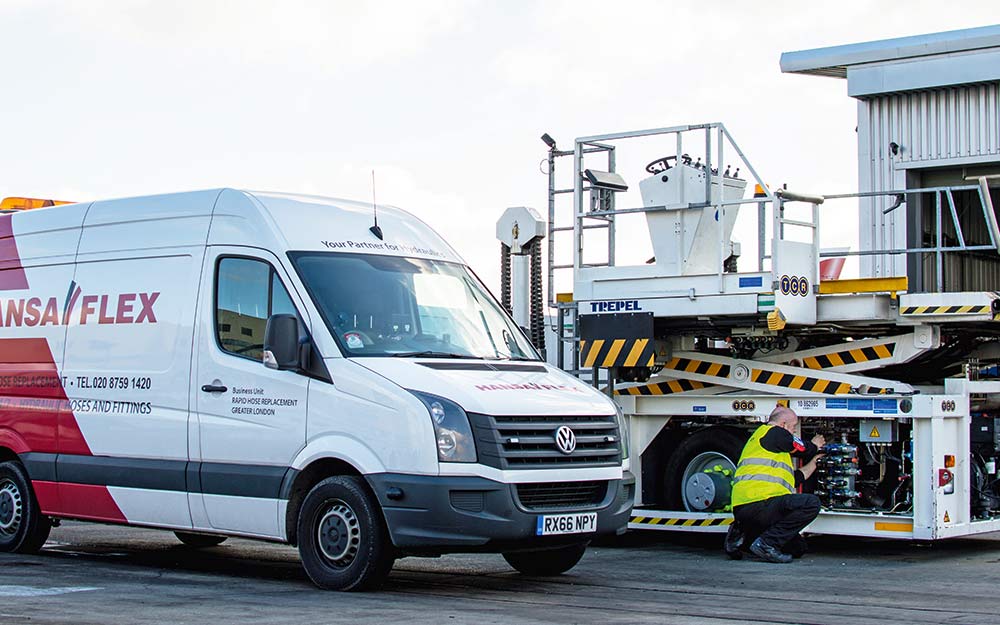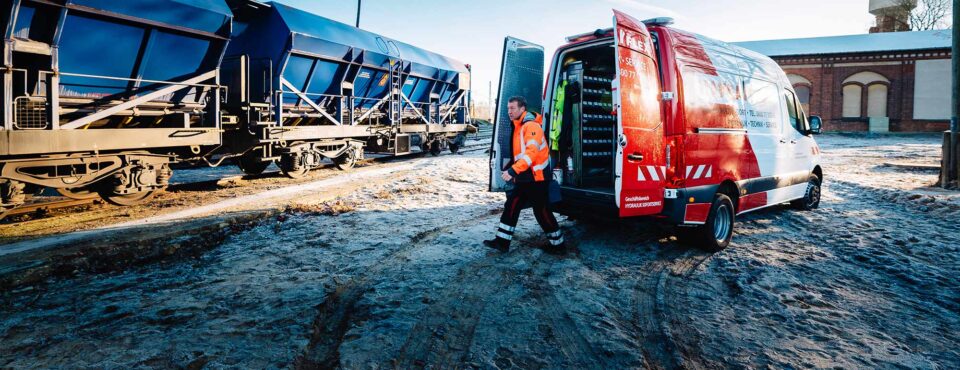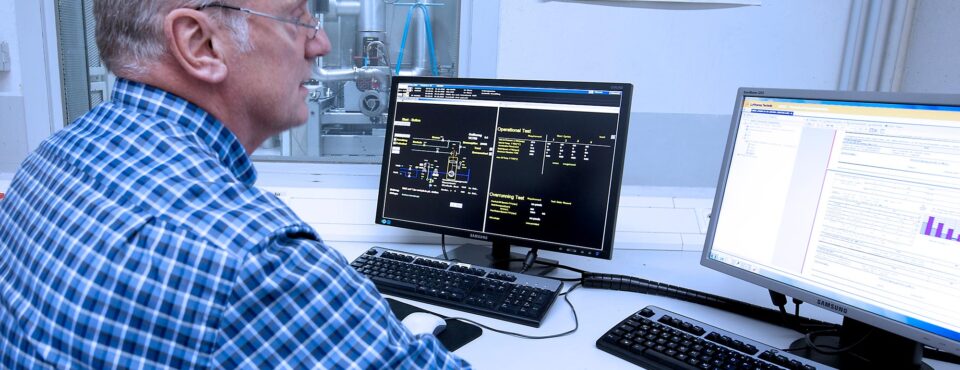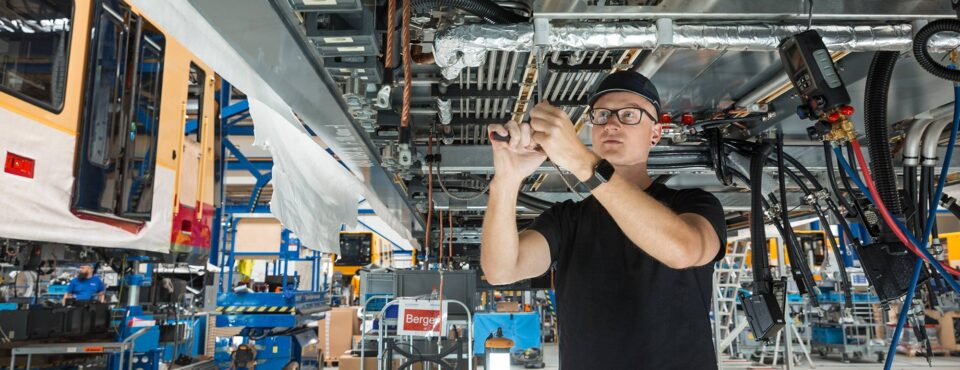HANSA-FLEX is the top hydraulics partner at London’s Heathrow Airport
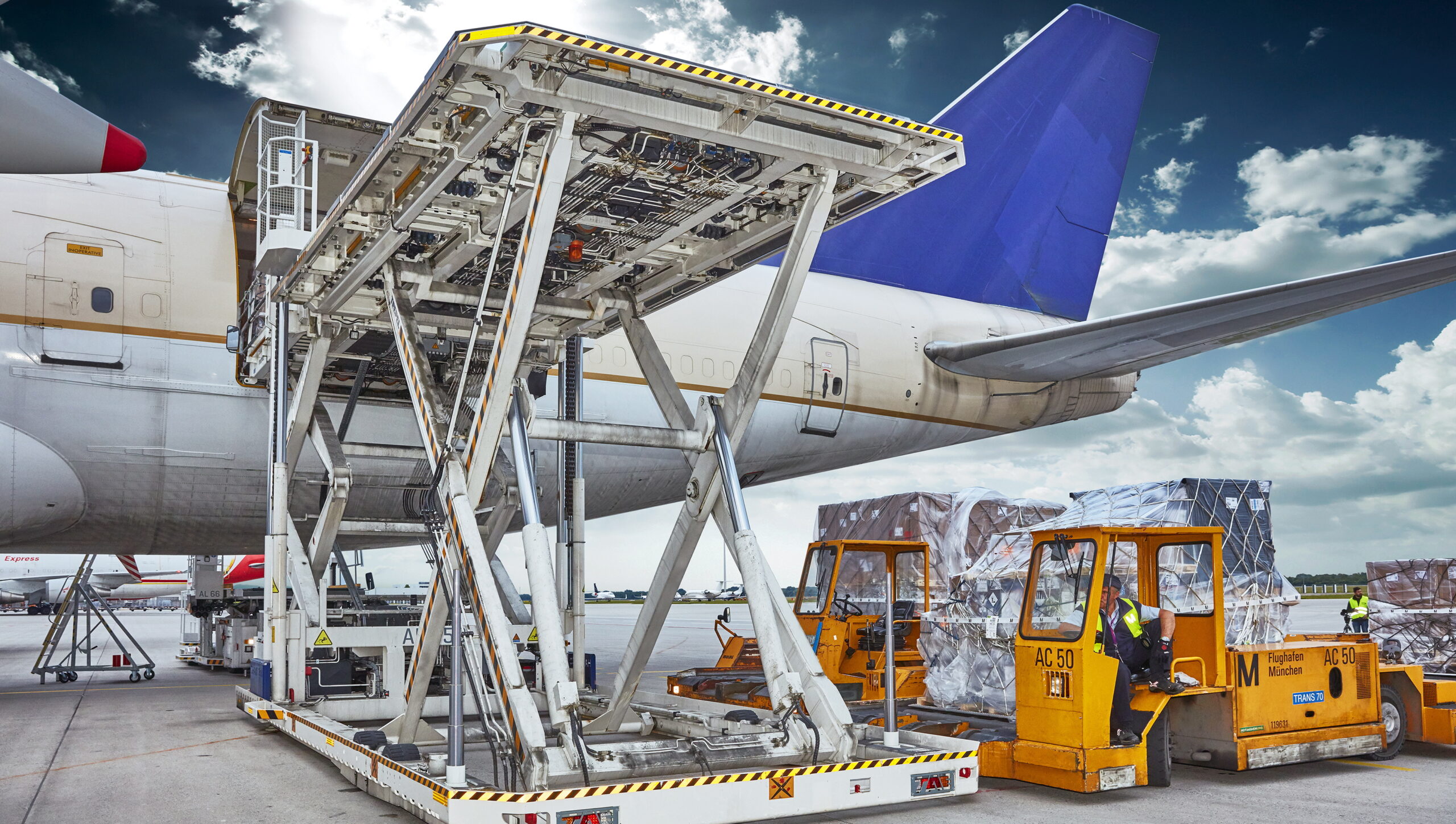
12.03.2024
Airport operations
With around 75 million passengers a year Heathrow is the largest airport in Europe and the seventh-largest in the world. Highly specialised ground handling companies ensure that everything runs smoothly with the airport’s half a million take-offs and landings a year. Taking care of the hydraulics of the impressive special vehicles involved is the job of the HANSA‑FLEX Heathrow branch, which is located in direct proximity to the airport’s security-restricted zone.
“The airport is an exciting environment, and differs from other operating areas in many different ways!”
Gerhard Sturm
Managing Director of HANSA‑FLEX UK
The airport is an exciting environment, and differs from other operating areas in many different ways”, says Gerhard Sturm, Managing Director of HANSA‑FLEX UK. He is responsible for providing support to Heathrow Airport and for expansion to further British airports. “A lot of operations there take place during evenings, nights and weekends. And because everything happens within a radius of around five kilometres, we can be wherever we’re needed very quickly.”
The airport security zone
One significant factor is that the airport is separated into two areas, so-called “landside” and “airside” zones. “Airside” represents the security-restricted part of the airport site and includes the runways, taxiways, aprons, freight depots and terminals. Companies wishing to operate in this zone require special licences, insurance and access rights. In order to receive a so-called “airside pass” the relevant employees have to undergo multi-stage security checks, and participate in a range of training courses. “It can take up to 3 months before a service technician can move freely around the airport site”, reports Gerhard Sturm.
In addition, airside operations are for the most part highly urgent. With the airport working to 99 % capacity and around 500,000 take-offs and landings a year, any delay in operations can be vastly expensive for the airlines or the service provider involved. Any breakdowns or downtime on the service vehicles responsible for loading, supplying and moving the aircraft therefore have to be avoided at all costs. As a reliable partner to these ground handling companies, HANSA‑FLEX is well-equipped for such emergency operations. The airport branch at Heathrow is located in the immediate vicinity of the security perimeter, which enables fast access to all operating locations on the airport site. Branch Manager Mark Bristow and his service technicians have the necessary airside passes, and their Rapid Hydraulic Service vehicles can reach the relevant operational area within a matter of minutes.
Special vehicles with a lot of hydraulics
The challenges which face them are extremely varied. The vehicles in operation at the airport, which include cargo elevators, catering trucks and aircraft tractors, are full of hydraulic equipment. Many of them have been produced specially in line with the requirements of specific types of aircraft. “Altogether here at Heathrow there are hundreds of different vehicles, many of them with highly specific assembly configurations that are vital to know about if the situation is urgent and you have to work fast”, explains Mark Bristow, who has more than 10 years’ airside experience. “You also have to familiarise yourself with the design-related special features of aviation vehicles, such as the drinking water couplings of the supply vehicles, or special hose lines for the de-icing vehicles which use glycol-based de-icing agents.”
Airside operations represent around one third of the jobs carried out by the HANSA‑FLEX Heathrow branch. Maintenance operations which can be scheduled in advance can generally be implemented landside. For example, Mark Bristow and his team recently fitted all 20 catering trucks of an international catering company with new hoses. In the process all hose lines were provided with the unique X-CODE, a service with which HANSA‑FLEX sets new benchmarks in the UK in terms of hose management. Additional maintenance and repair work to the massive lifting and support cylinders of the impressive scissor-lift vehicles can be implemented at the nearby HANSA‑FLEX cylinder repair shop.
International support and expansion
To the benefit of its customers HANSA‑FLEX UK has access at all times to the technical know-how and extensive product range of the HANSA‑FLEX Group. “We cooperate closely with specialists from Germany whenever we need to develop solutions which are better, faster or more cost-effective”, says Gerhard Sturm. HANSA‑FLEX customers at other airports – both in the UK and in other countries – will in future also be able to benefit from this knowledge transfer across national borders. In the near future HANSA‑FLEX UK will also be launching airside operations at Gatwick, the second giant among London’s airports and the eighth-largest in Europe. The relevant branch was established at the beginning of the year close to the airport site in Crawley, and cooperations with further British airports are also in the planning stage.
Learn more
- 12.03.2024
Non-stop operation
The self-discharging freight train of Havelländische Eisenbahn AGFind out more - 12.03.2024
Keeping the world in motion
Just a stone’s throw away from Hamburg airport is a city within the city – the head office of Lufthansa Technik AG. HANSA-FLEX supplies a large number of products, including several that are incorporated into the test benches.Find out more - 12.03.2024
First air-conditioned s-bahn trains in Berlin
HANSA-FLEX is a partner of Stadler Deutschland GmbH in the integration of air-conditioning lines in the first air-conditioned S-Bahn trains for the Berlin/Brandenburg region.Find out more








































